Unreached
The Church is not reaching individuals affected by disability with the Gospel.
"Only 5 to 10 percent of the world's disabled are effectively reached with the Gospel, making the disability community one of the largest unreached -- some say under-reached -- hidden people groups in the world," -Joni Eareckson Tada founder and CEO of Joni and Friends International Disability Center.
The Lausanne Movement statistically defines unreached people groups as a population with less than 2% evangelical individuals and less than 5% Christian adherents. Mission researchers agree that a quarter (25%) of the world have little choice and little access to the gospel yet, we still send 9 out of 10 missionaries to reached people groups! (1)
In the U.S., the Census Bureau reports that 56.7 million people, or 19 percent, of the population in our country have a disability, with approximately one half of these people reporting a severe disability.
As the statistics continue to define the disabled community as an unreached people group, we must reflect on why many of our congregations do not reflect the significant percentage of the disabled in America.
Whether we’d like to admit it or not, there are barriers that exclude the disabled in the Church.
There is a lack of acceptance of those with disabilities in the faith community. In a survey with 400 special needs parents involved in faith communities, more than 90% of church-going special needs parents cited the most helpful support to be a “welcoming attitude toward people with disabilities.” Meanwhile, only about 80% of those parents felt that welcoming attitude was present at their church. Additionally, almost a third (32.3%) of special needs families said they had left at least one church because their child was not included or welcomed. (2,3)
As followers of Christ, the reality of this largely unwelcomed population should break our hearts. We, who were once far off, a marginalized people, were brought near by the blood of Christ (Ephesians 2:13). If we cannot muster a welcoming attitude towards those with disabilities, we are not bringing them near to the Cross, nor are we creating safe spaces in our churches.
Furthermore, have we mistakenly created a further divide by believing that disability may be a result of sin? Or that a person with an existing disability has a lack of faith and therefore is not healed?
Our attitudes and beliefs create an emotional and spiritual divide, but you’ll also find that many of our churches are physically inaccessible as well. Without careful thought, we will tend to orchestrate Sunday services for the majority group. We cater to the physical and social abilities of people without disabilities. We construct our buildings assuming that classroom accessibility is easy for everyone. We order our services to fit those who can sit and listen quietly for a long period of time. Consider this personal account from Tom Stolle as he reflects on these barriers.(4)
Can we care enough to change? To be hospitable instead of hostile? Will we do what it takes to reach the unreached?
“For he is our peace, who has made us both one, and has broken down the dividing wall of hostility, by abolishing in his flesh the law of commandments and ordinances, that he might create in himself one new man in place of the two, so making peace, and might reconcile us both to God in one body through the cross, thereby bringing the hostility to an end.” Ephesians 2:14-16
Lastly, Jesus gives us an active command in Luke 14:12-14:
“When you give a luncheon or dinner, do not invite your friends, your brothers or sisters, your relatives, or your rich neighbors; if you do, they may invite you back and so you will be repaid. but when you give a banquet, invite the poor, the crippled, the lame, the blind, and you will be blessed. Although they cannot repay you, you will be repaid at the resurrection of the righteous.”
He tells us, simply, to go GET the unreached. Too many barriers keep our brothers and sisters out. Let’s work together to eliminate these barriers.
References:
1 Hidden and Forgotten People Including Those Who Are Disabled. Issue Group, 2004, Hidden and Forgotten People Including Those Who Are Disabled, lausanne.org.
2 Ault, M. J. (2010). Participation of families of children with disabilities in their faith communities: A survey of parents (Order No. 3492795). Available from ProQuest Central; ProQuest Dissertations & Theses Global. (919088298).
3 “What Are the Stats on Disability and Church?” Church4EveryChild, 9 Feb. 2016, church4everychild.org/2016/02/09/what-are-the-stats-on-disability-and-church/#_edn7.
4 “Tom Stolle.” BaptistLIFE Online, 19 Apr. 2018, www.baptistlifeonline.org/2018/04/does-the-church-in-america-really-care/.
